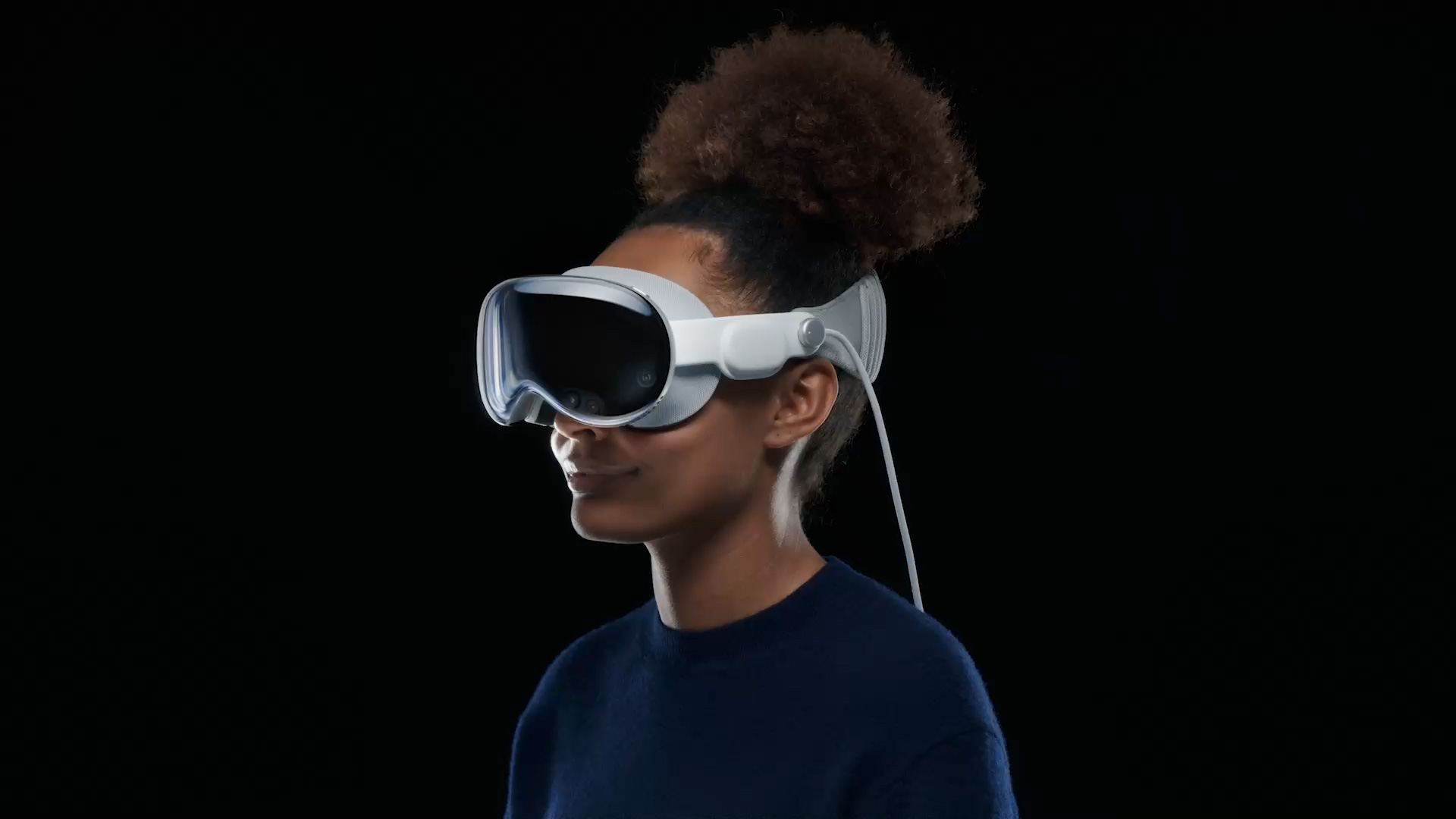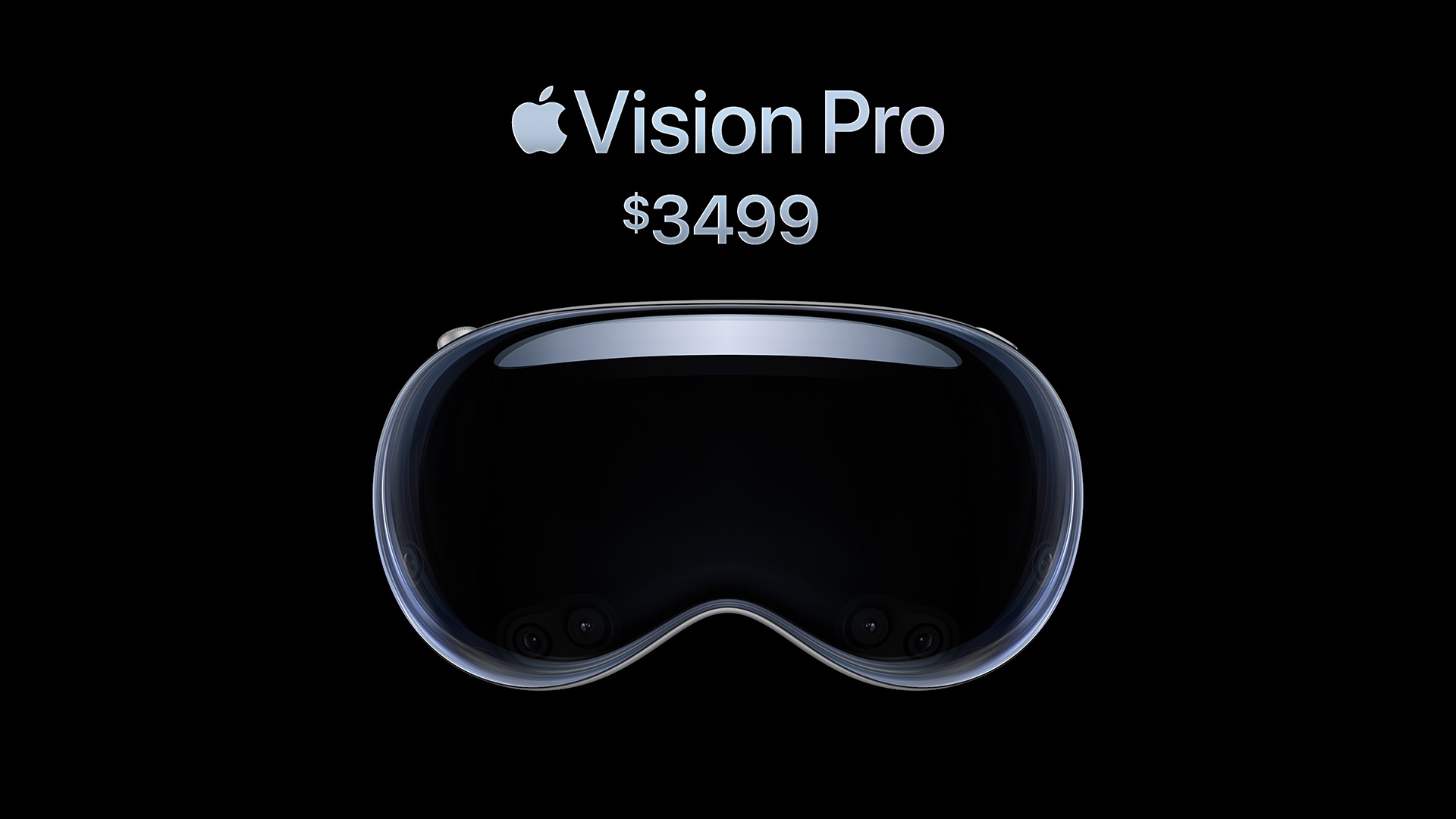The long-expected mixed reality showdown is finally here, and it’s more obvious than anyone expected. Samsung’s Galaxy XR is a no-frills competitor that can do anything its Apple counterpart, Vision Pro, can—only for less money. On paper, both are designed to reach the same high-end computing future—spatial apps, immersive video, controller-free input—but they get there with different philosophies. Here’s where they stand on the issues.
Price and value: how the two headsets compare on cost
Samsung’s most conspicuous opening gambit is about price. Galaxy XR is priced at approximately $1,799, or nearly half the cost of Apple Vision Pro ($3,499). That difference isn’t just a number; it reshapes who can reasonably get into high-quality mixed reality. Market analysts have long identified price as the number one drag on adoption, and the delta here is significant enough to get buying decisions moving for developers, early adopters, and enterprises piloting spatial workflows.
- Price and value: how the two headsets compare on cost
- Comfort and design differences that affect daily wear
- Displays and optics: resolution, refresh rate, clarity
- Input and interaction: eye tracking, hand gestures, more
- Silicon and performance: chipsets, speed, responsiveness
- Battery life and thermals during mixed reality sessions
- Ecosystem and apps: platform strengths and content
- Who should buy which headset based on needs and budget

Apple still holds a brand and ecosystem edge—but in a category that is still proving itself, doubling the number of people who can afford to try it out by halving the entry price is a strategic lever Samsung can pull all year long.
Comfort and design differences that affect daily wear
Comfort determines if a “wow” demo is something we dig out of the closet every day. The polished glass-and-aluminum front of Vision Pro is the more attractive of the two, but even with Apple’s redesigned headbands, at 26.4–28.2 ounces, it can start to weigh down on your brain after a while—especially in its most forward-heavy orientations. Samsung responds with a more balanced, harness-style fit and a lighter frame weighing around 19.2 ounces, which applies reduced pressure to the cheeks and forehead.
Apple’s external battery pack helps dissipate heat from the face, and Samsung’s design is meant to spread weight more evenly. For long stretches—coding, design reviews, or watching an entire movie—the lighter headset is the one you invariably leave on.
Displays and optics: resolution, refresh rate, clarity
Both headsets play in that ultra-high-res tier where things like text looks laptop-sharp and little nitty-gritty totems of a well-thought-out UI hold up under close scrutiny. Samsung claims to have approximately 29 million total pixels (3,552 by 3,840 per eye) compared with Apple’s publicized approximately 23 million. Apple shoots back with a higher max refresh rate of 120Hz to Samsung’s 100Hz, which has the potential to make motion and blur smoother in fast scenes in both UI and gaming.
Passthrough quality—the way your actual view of the world looks through cameras—has been something of a Vision Pro strength, with colors, latency, and depth cues that feel weirdly realistic. Samsung’s high-res sensors are intended to close that gap. Practically, your benefit from resolution is reading and fine work; your benefit from refresh is that motion should be more comfortable. Which matters more will depend on what you do the most.
Input and interaction: eye tracking, hand gestures, more
Here’s the headline: both headsets rely on eye tracking for selecting targets and hand tracking for clicking, dragging, and gesturing. Vision Pro broke the “look and pinch” paradigm at scale, something Samsung has replicated with analogously precise tracking. In demos, pointing and pinching and tapping all feel natural enough on both.
Samsung includes optional motion controllers—helpful for some games and pro tools—and Apple doesn’t include them at all. Both will work with Bluetooth keyboards and trackpads, turning either headset into a halfway decent portable workstation for email or documents and even coding away in floating windows.
Silicon and performance: chipsets, speed, responsiveness
Inside, Apple’s Vision Pro is powered by Mac-class silicon—an M2 to begin with, but an even newer configuration (M5) in the latest product—alongside a dedicated spatial processor for fusion of data from the cameras and sensors. Samsung’s Galaxy XR is powered by Qualcomm’s Snapdragon XR2+ Gen 2, a mobile-class SoC specifically tuned for spatial workloads. In terms of raw CPU/GPU power, Apple’s M-series chips have plenty of headroom, which you notice in complex 3D scenes and high-bitrate video playback as well as in multitasking.

That being said, though the Snapdragon 855 also powers the HoloLens 2—explaining why it’s good for enabling standalone AR/VR headsets not reliant on an external PC or smartphone—Qualcomm’s XR platform is designed for long-term thermal performance and pared-back tracking rigor. It felt more responsive according to my hands-on time, too. In the realm of AI, Samsung leans on Android XR’s close integration with Google’s Gemini suite, as Apple introduces Apple Intelligence functionalities that will be spread throughout its platforms and will deliver on-device help and generative tools in visionOS.
Battery life and thermals during mixed reality sessions
Still, mixed reality on its own has limits due to physics. Apple quotes 2 to 2.5 hours of normal usage for Vision Pro, and up to three hours for video playback. Samsung cites similar numbers, around two hours of mixed use and up to 2.5 hours of video playback. Both, in other words, are session devices and not all-day wearables. External packs and quick top-ups will help, but plan on working around battery for long work blocks.
Ecosystem and apps: platform strengths and content
This is arguably the biggest strategic distinction. Vision Pro is the crown on a closely integrated Apple stack: iCloud, iMessage, AirDrop, and native versions of apps like Keynote and Final Cut, as well as assistance from heavyweights such as Microsoft 365 and Adobe. Immersive video partners—including top studios and sports networks—have seen Vision Pro as a premium showcase.
The Galaxy XR is the launch device for Google’s Android XR platform, which is significant from a scale perspective. An open ecosystem will encourage Samsung, Google, and other OEMs to send out compatible headsets (and eventually smart glasses) so developers can address a larger installed base with one code path. If developers get as excited about Android XR apps as they did for Android phones, Samsung could jump-start a quickly expanding library with the help of its WebXR and existing Android tooling. IDC (and others) continues to report that content breadth and developer motivation are key criteria for winning platforms.
Who should buy which headset based on needs and budget
That being said: if you value raw compute, class-leading passthrough, and native integration with Apple’s software and services, Vision Pro is still the top dog—especially for pro apps, high-fidelity media playback, and multiwindow workflows. That price is the tax for living on that cutting edge.
If you’d prefer most of that spatial magic for a fraction of the cost—and in a lighter, less imposing device with an ecosystem that’s poised to spread across brands—then Galaxy XR is the natural alternative. It sacrifices some peak performance for ease of use and scale, and that may be exactly what mixed reality needs to make the jump from showpiece to mainstream tool.
The headline takeout: Apple remains the gold standard for polish and power, but Samsung has made it good enough by making the high end of mixed reality more reachable.
That competition is the feature—not a bug—for consumers, creators, and companies.

